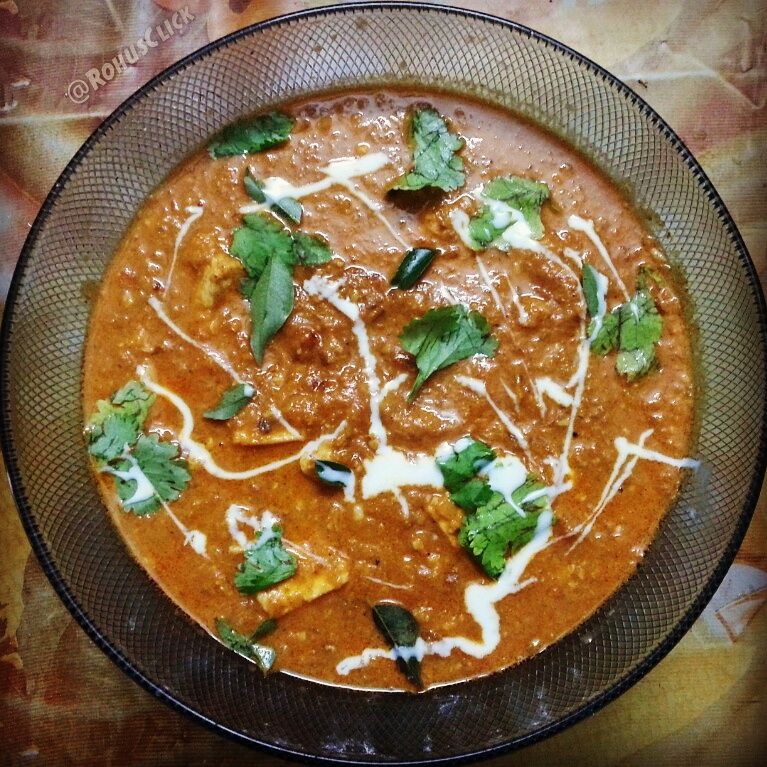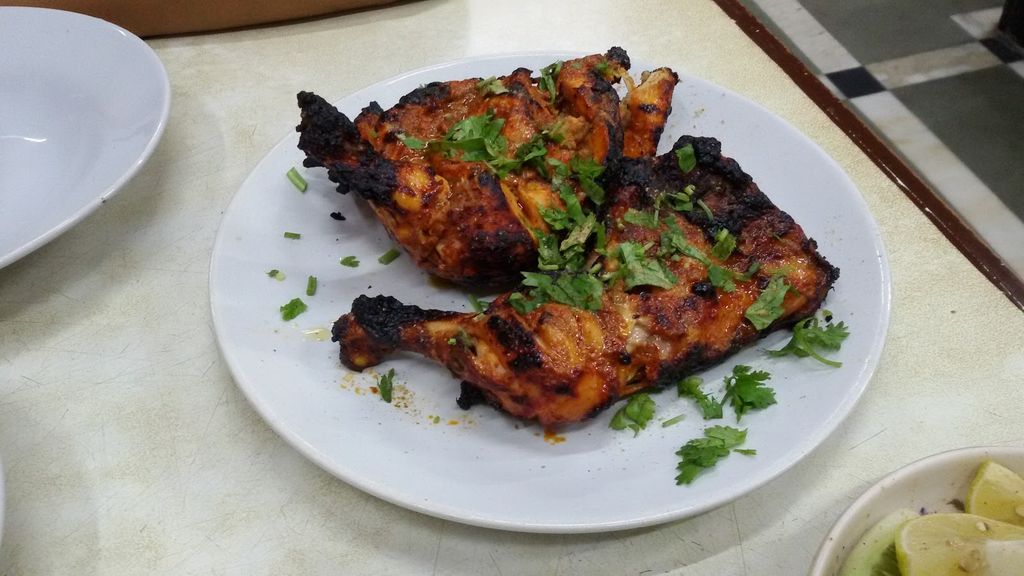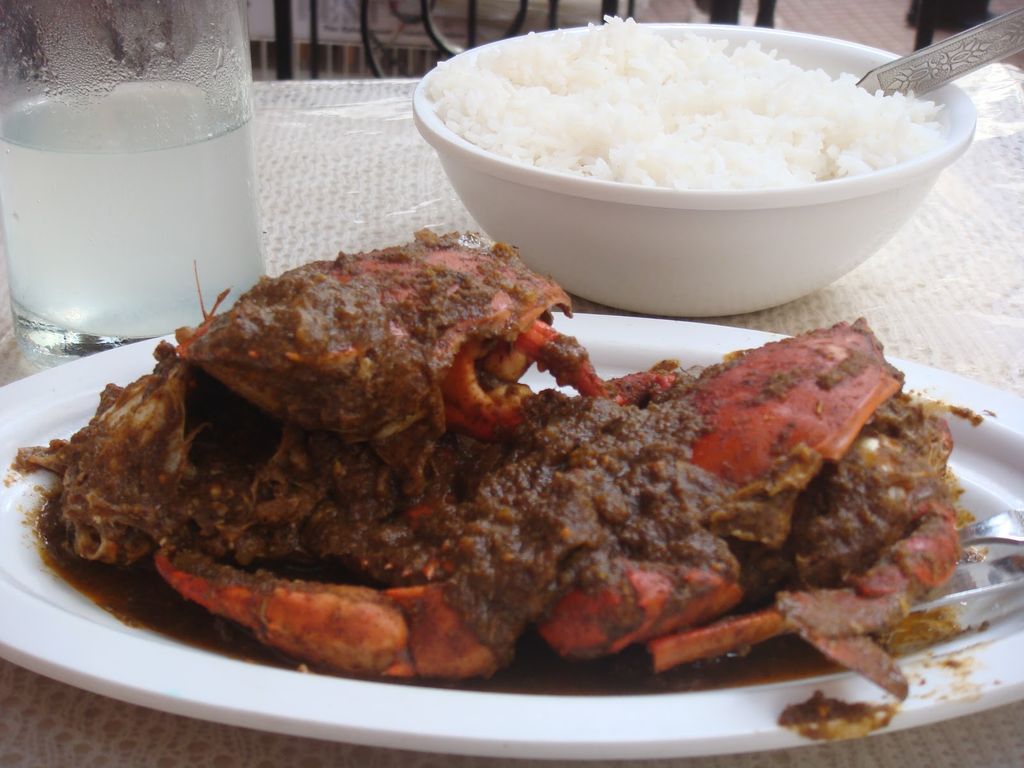Best Food Cuisines Of India
May 03, 2019 • 24 views
Indian food. What do you think about it when you hear it? Hot, delicious, orange curry that’s been soaked up by chicken and veggies and accompanied by the best basmati rice? Can you smell it right now? Oh man, I sure can.
That being said, what you’re imagining is Chicken Tikka Masala. But did you know there’s also something called Chicken Pulusu? It’s not full of the typical spices one expects from Indian cuisine but that’s where we’re wrong. It isn’t Indian cuisine, Chicken Tikka Masala actually comes from North Indian cuisine.
India is the 7th largest country but there are so many cuisines here. You have Assamese, you have South Indian, you have Goan. They all have different spices, different methods of preparation and different tastes; but they’re all delicious.
If you want to see the five best cuisines of India- read on.
1. North Indian Cuisine
North Indian Cuisine, oh my god. It’s a feast of the Gods, that’s what it is- with its fragrant masalas. It originates from the northern states as well as some provinces in Pakistan.

2. South Indian
Yum, can you think of the sambar and rice with ghee? Or idli? South Indian food has Andhra, Karnataka and Kerala as its types. Andhra food is pretty spicy compared to the other two while Karnataka has the sweetest.

3. Indo-Chinese
This cuisine is from Kolkata. Kolkata has a lot of Chinese people- nearly 2000 and therefore from there - Hakka Chinese was born. Examples of this are manchurian noodles, veg hakka noodles etc.

4. Punjabi Cuisine
Punjabi cuisine is mostly known for their tandoori style of cooking. As well as their creamy flavors and extensive options of vegetarian and meat options. You can think of biryani, kebabs, butter chicken etc.
The reason why I talk about Punjabi cuisine differently is because their tandoori is now internationally acclaimed. When I went to Chicago, I could see tons of different tandoori grill restaurants with many people eating there!

5. Goan Cuisine
Goa! Tons of spice with a variety of meat and especially fish. It pulls from it’s Hindu roots as well as the influence of the Portuguese- giving us a blend of absolute deliciousness. They also use kokum. Most of their cuisine is rice and fish based.

